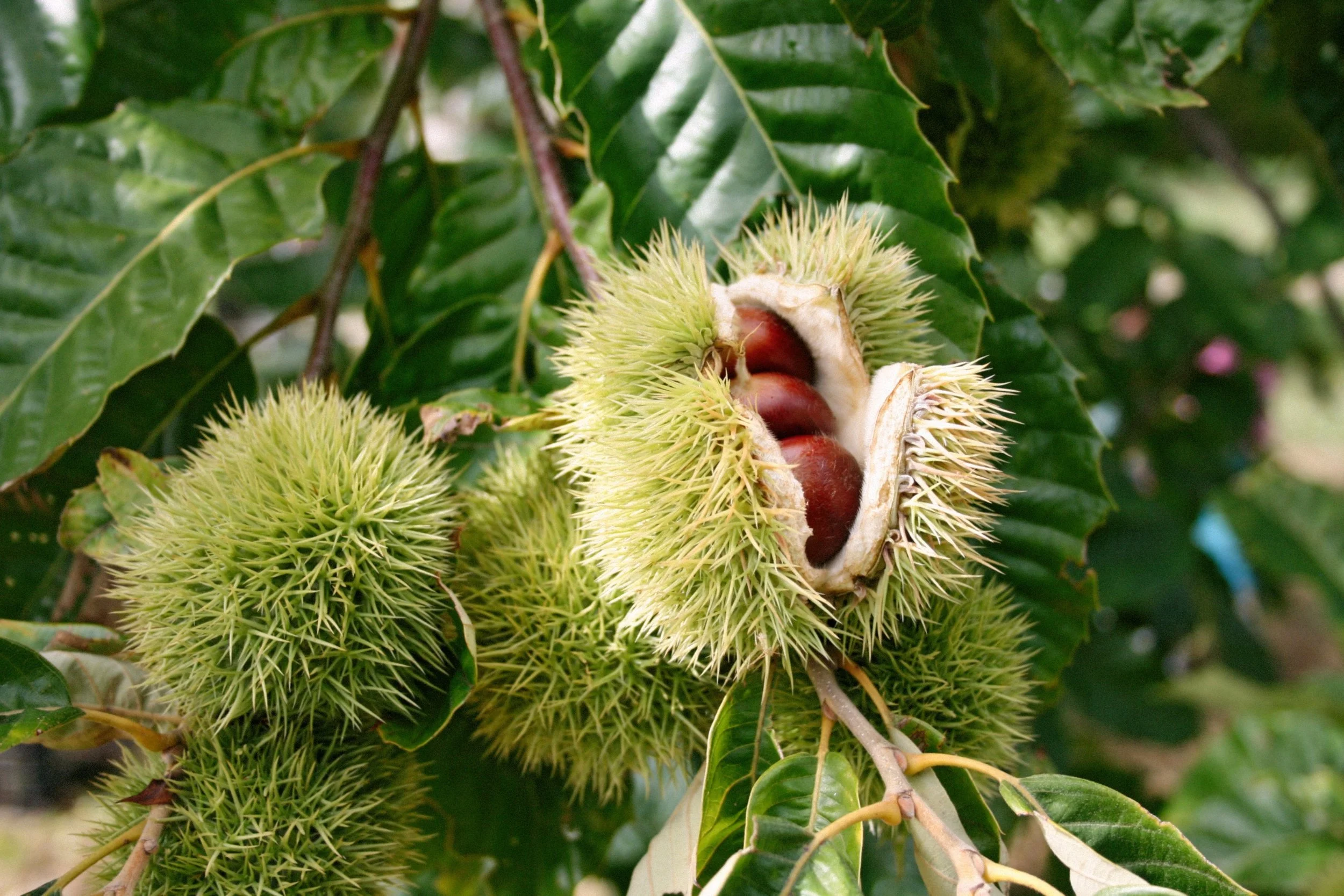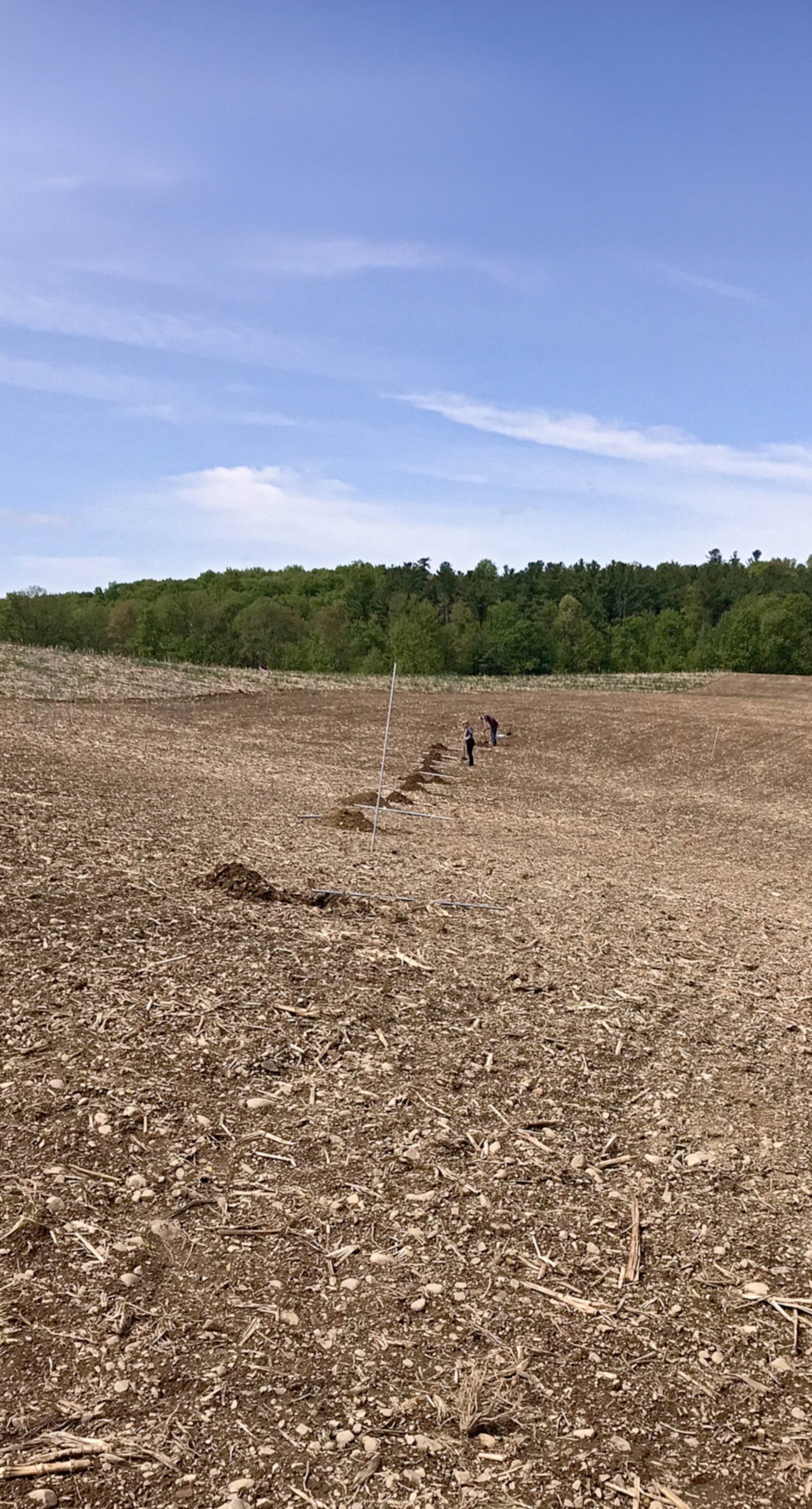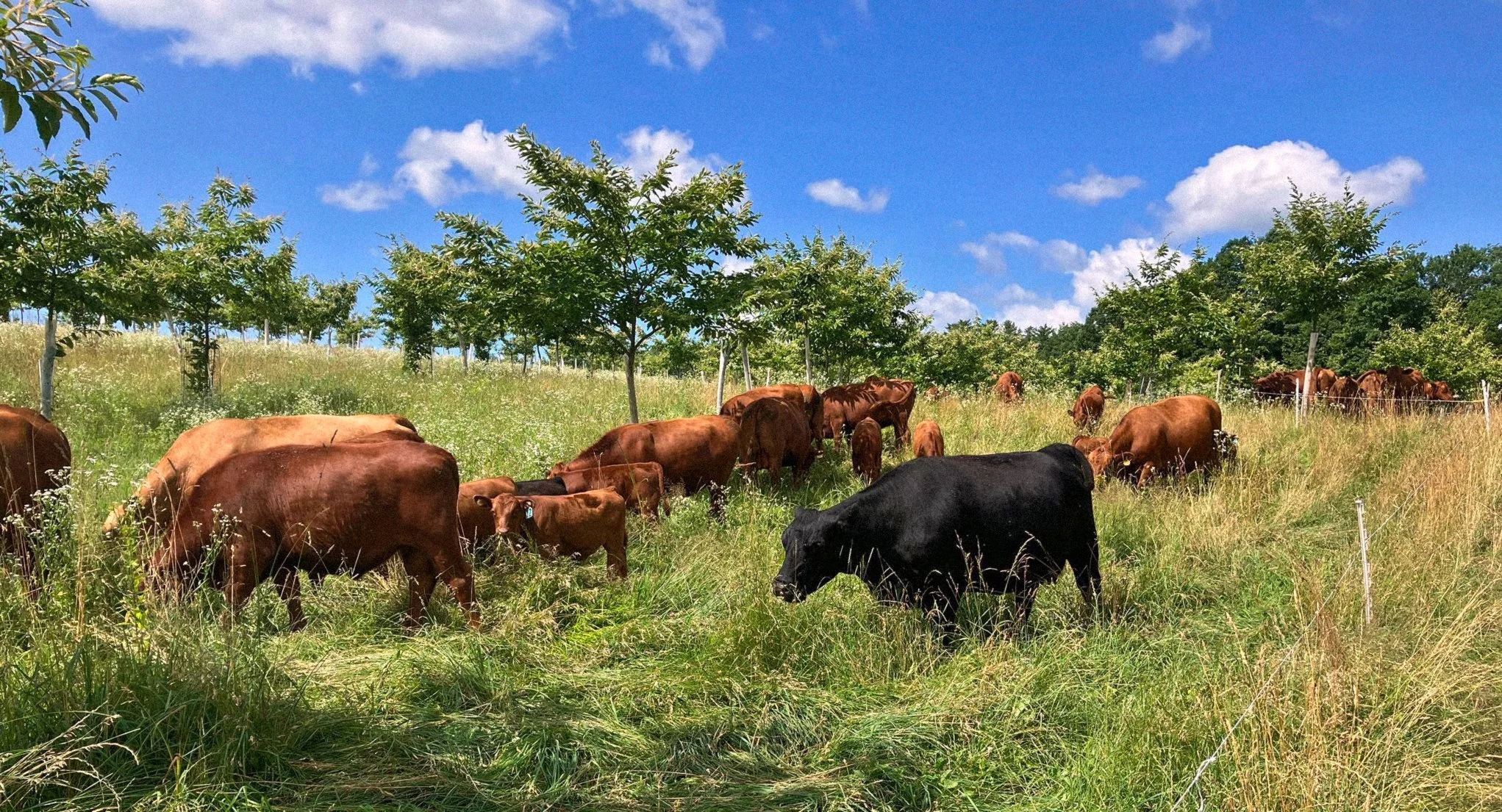Why Can’t Grains Grow on Trees?
Thank you for taking part in the ancient/future relationship between human beings and chestnut trees.
For thousands of years, chestnuts have played a key role in wise human cultures all over the world — sheltering stranded soldiers in storms, feeding peasants in famine, and supporting anti-colonial movements on multiple continents. Here in North America, chestnuts were a major food source until the early 1900s, when an invasive blight decimated the native chestnut population.
Chestnuts are a staple carb — like potatoes, sweet potatoes, rice, wheat, and corn. You can roast chestnuts, boil them into soups or stews, or dry them to make gluten-free flour, from which you get foods like polenta, pasta, pancakes, tortillas, and bread. For this reason, cultures around the world have called chestnuts the “bread tree”.
You might be surprised to know that transitioning from eating annual grains (like wheat and corn) to grains that grow on trees (like chestnuts) is one of the most effective strategies on earth to counteract climate change. Unlike those more familiar starches, chestnuts grow on trees that get planted once, and live for centuries — while offering many important benefits to soil health, water quality, climate, and biodiversity. You can learn more here about the benefits of chestnuts and our approach to farming.
After years of planting and caring for young trees in the Hudson Valley, Breadtree Farms is starting to grow a lot of food! We are grateful and honored that you’ve chosen to be our customer. By choosing to make the food we grow a part of your daily bread, you’re supporting healthier landscapes, healthier human communities, and a healthier climate (not to mention healthier food). We want to make sure you have the best experience possible, and in our early days as a food company, we are still learning a lot. Please share your experience, and any and all feedback!
Storing & Cooking Chestnut Flour:
Storing
For best freshness and shelf-life, we recommend storing chestnut flour in a freezer or fridge. Your flour should stay fresh for a year in a fridge, or 2+ years in a freezer. You can keep the flour in the paper bag, or transfer into a glass or plastic container.
Cooking
If you’re looking for good ways to use your chestnut flour, check out the library of chestnut flour recipes we are building. If you come up with any good new recipe ideas that you want to share with the world, please let us know.
For millennia, chestnuts have been a keystone food in wise human cultures all over the world, from North America to the Mediterranean to East Asia. Many of these cultures have called chestnuts the “bread tree”.
About Breadtree
Breadtree is a farm and food company building new, sustainable ways of farming in the Northeast. Over the last 6 years, we’ve transitioned ~300 acres of conventional corn, soy, & hay fields into organic nut and fruit orchards designed to be grazed by sheep and cattle, across 800+ acres in New York’s Upper Hudson Valley and Southwest Vermont. We farm using certified-organic practices that reduce erosion, enhance water quality, improve wildlife habitat, and support a healthy climate.
We are first-generation farmers working to be good ancestors and leave a more vibrant and resilient home region for future generations, by seeding cooperative agricultural industries that create equity and opportunity for many farmers across our region. To learn more about our work, see here and here.
2019: planting trees in bare earth, pesticides, and corn stubble
2025: Organic chestnuts, red angus cattle, honeybees, & 100’s of other species
Site of Breadtree’s future chestnut processing facility, at our home farm in Salem, NY.
Tradition: smoke drying chestnuts for 40 days in the Pistoia Mountains (Photo Credit: Tad Cooke)
Chestnuts have sustained the mountain peoples of Southern Europe for centuries. (Photo Credit: Gianfranco Bini)
Tuscan flatbreads (castagnaccio) and crepe / wraps (necci) from 100% chestnut flour. (Photo Credit: Tad Cooke)
Chestnut trees can continuously produce for 500+ years. (Photo Credit: Costa Boutsikaris)
Breadtree & friends visiting a chestnut tree planted before the birth of Christopher Colombus (Winter 2024)











